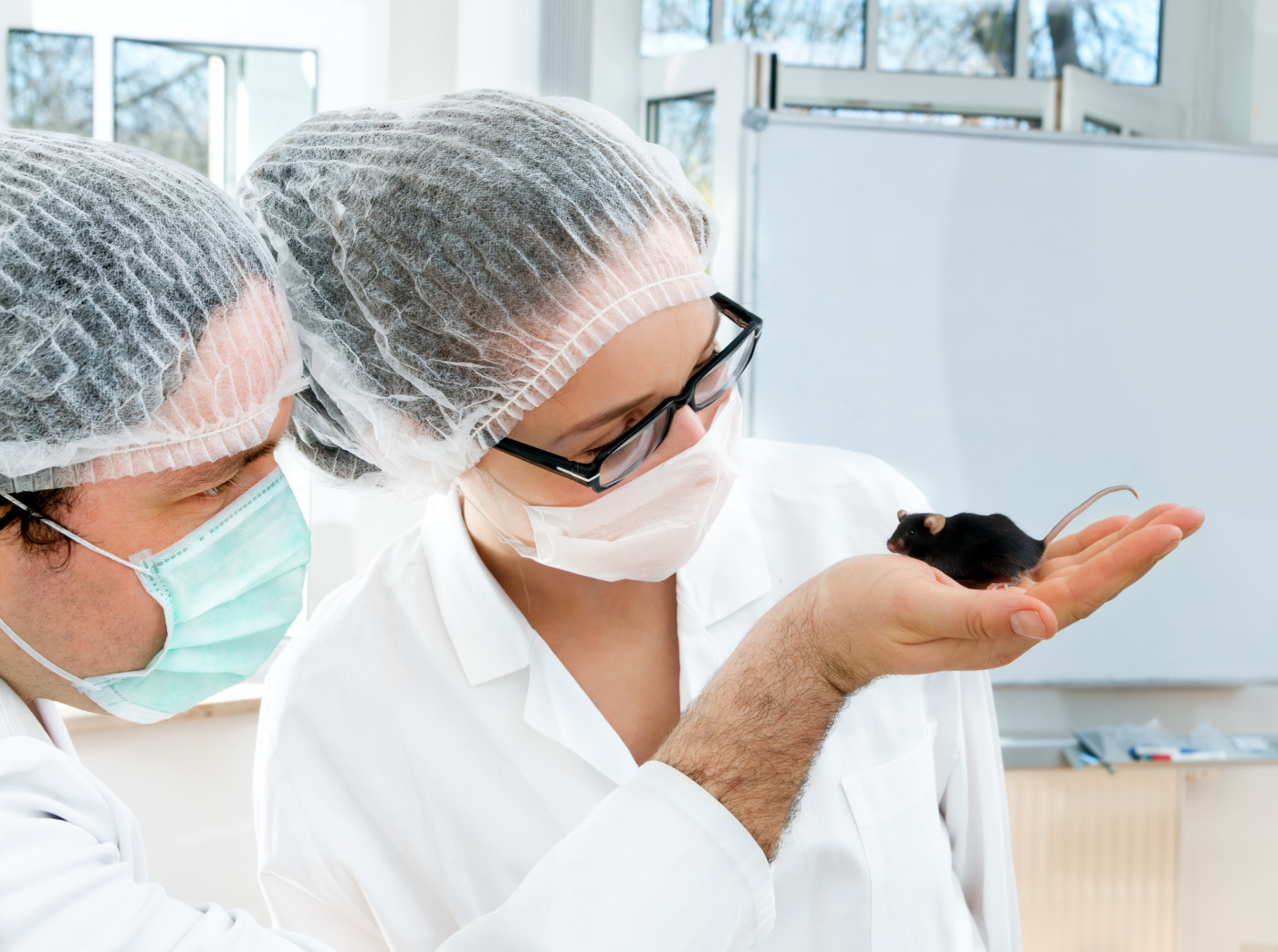Mouse and Human Myelination Research Might Improve Success Rates for New MS Treatments

Researchers at New York’s University at Buffalo have identified a gene that promotes the development of mature human myelin-producing cells — a discovery that may lead to new regenerative treatments for multiple sclerosis (MS).
Their study, “Network-Based Genomic Analysis of Human Oligodendrocyte Progenitor Differentiation,” appeared in the journal Stem Cell Reports.
Among other things, it establishes human and rodent processes that drive myelination in the same way. Since mice are the only widely used animal models for MS, such information could potentially reduce the failure rate when translating positive findings in mice to efficient human treatments.
“There have been so many failures in clinical trials for MS when promising observations are translated from small animal models to the clinic,” Fraser Sim, the study’s senior study author and an associate professor at the university’s Jacobs School of Medicine and Biomedical Sciences, said in a press release. “Our primary motivation was to try to understand, at a molecular level, how the human cells responsible for synthesizing myelin differ from their much-better-studied mouse counterparts.”
To achieve this, the team used a software tool that, instead of looking at changes in individual genes, clusters together genes with similar activity patterns. The method, called weighted gene coexpression network analysis, also lets researchers establish which genes are active in the same way in humans and rodents.
“This is an important resource for the field as it allows us to compare human and rodent cells, and provides a point of reference to understand whether or not gene expression patterns are conserved between species,” said Sim.
Several of the genes researchers previously identified as important for myelination in human cells turned out to be involved in myelination also in mice. This allows the team to study the processes more closely in mice. with a higher chance that their findings are relevant for human disease.
In the brain and spinal cord, myelin is produced by oligodendrocyte precursor cells, or OPCs. As these cells mature into oligodendrocytes, they produce myelin — the fatty sheath that allows nerve cells to communicate.
In MS, researchers have noted that brain and spinal cord lesions hold plenty of OPCs, but they do not turn into mature oligodendrocytes.
The team now discovered that a gene called GNB4 helped OPCs to mature. When researchers boosted GNB4 production in human OPCs that had been transplanted into mice with damaged myelin, it triggered OPC maturation and remyelination of the neurons.
“This protein’s expression in oligodendrocyte progenitor cells might ultimately become a therapeutic target,” said Sim, “potentially promoting oligodendrocyte formation in MS patients.”






